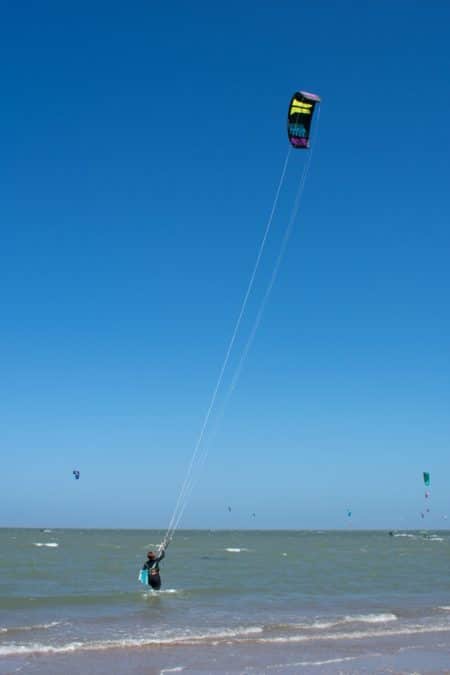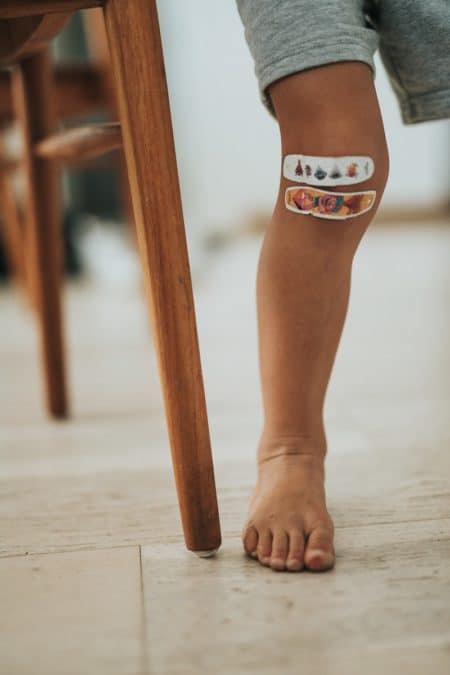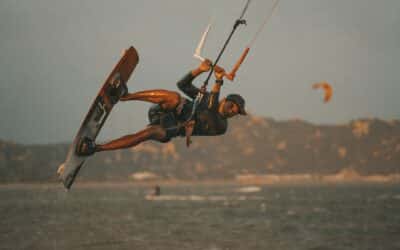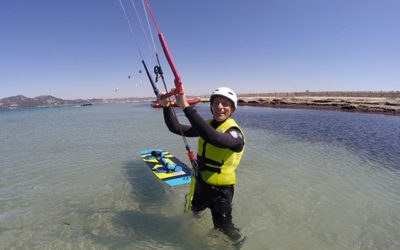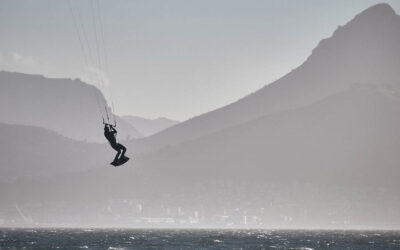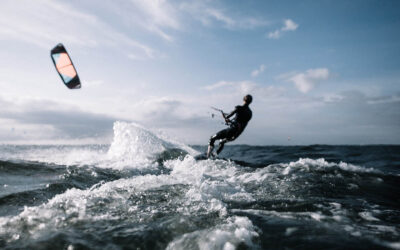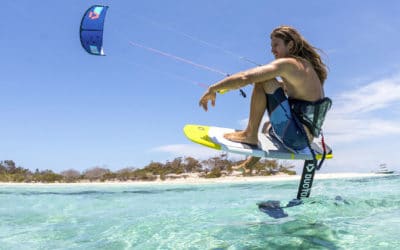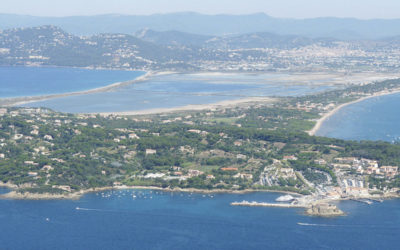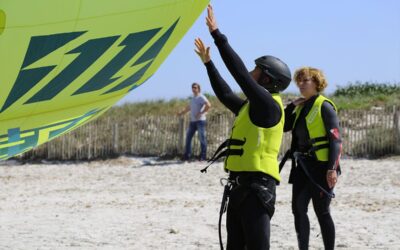Kitesurfing, or “airborne boarding”, is a sport that is expanding rapidly around the world. Spectacular, it is now accessible to all. The question that those who are still hesitating to take the plunge are asking is: is kitesurfing dangerous? Here’s a quick overview for a straightforward answer.
What can make kitesurfing dangerous?
Kitesurfing was born in the 1980s, combining board and traction kite. It is a very popular sport for thrill seekers, combining speed, aerial jumping techniques and the marine environment. It allows you to perfect your freestyle, long distance and speed skills. Of course, this sport is very well regulated, as the French Free Flight Federation website reminds us. However, here is what could make its practice dangerous.
Unstable weather conditions
Kitesurfing is an outdoor sport, so, by definition, the elements will play a major role in its practice. The strength of the wind and the state of the sea and the currents are essential elements of a well thought-out practice. Will you be able to practice with a wind of force 4 to 6 or a stormy sea? It is essential to read the weather reports in order to prepare your outing.
Lack of training
A beginner who is not properly trained is less likely to get out of a risky situation than an experienced person. It is therefore strongly recommended to follow a training course in a specialised school from initiation to improvement. Adults and children alike can easily attend courses of varying lengths, for a weekend, a week or more.
Not knowing your own limits
Not following the safety rules and taking uncontrolled risks can make kitesurfing dangerous. Even if the equipment has improved considerably and allows you to surf in better safety conditions, it is up to the rider to manage his or her level and risk-taking. As a beginner, don’t try to risk jumps worthy of an old pro in a competition! Furthermore, choose spots that are authorised by municipal by-laws.
What types of danger can occur in kitesurfing?
Extreme practice can be more dangerous than leisure practice in calm water. Professionals are used to very technical tricks in rough spots, they know the dangers such as
- Obstacles on the course. It may seem silly to you, but getting stuck in a tree can happen to a kitesurfer! Also, hidden rocks, a beach, an oyster bed, buoys, etc. can be very dangerous.
- Getting tangled up in your own lines or those of another rider: in this case, you will have to let go of the sails.
- Drift off shore if the wind is coming from the beach. Don’t go far from the shore if you think you can’t swim back.
- Try to do too much to post a video on YouTube. Provoking danger to show off can be much riskier than it seems. Also, there is no such thing as zero risk, but most kitesurfing accidents happen due to a lack of knowledge of safety rules and an over-inflated ego.
Types of injuries encountered in kitesurfing
Abrasions, bruises, joint sprains, muscle injuries, ruptured ligaments, fractures (rare though) are common injuries in this sport. The feet and ankles are the most affected parts of the body. More serious accidents have occurred, from broken spines to death, but this is extremely rare. This is often due to reckless risk-taking.
However, to put this into perspective, a Dutch study conducted in 2020 on 194 kite surfers indicates that it is more dangerous to play ice hockey! Danger is always present, of course, but kitesurfing is no more risky than any other extreme sport. It requires concentration, the application of techniques learned in a school with expert trainers and a total respect for the natural elements.
The risk will remain, whatever your level. Commit to a full training course in a certified kitesurfing school, then later on use and maintain the right equipment for your practice and experience. All that’s left to do is to fly to magical spots, far from the crowds on the beach, to enjoy your session in complete safety!
Search
Catégories
Recent Posts
Suivez-nous !
